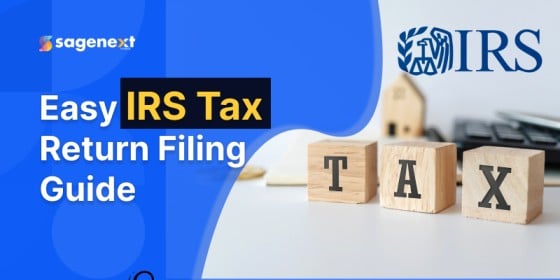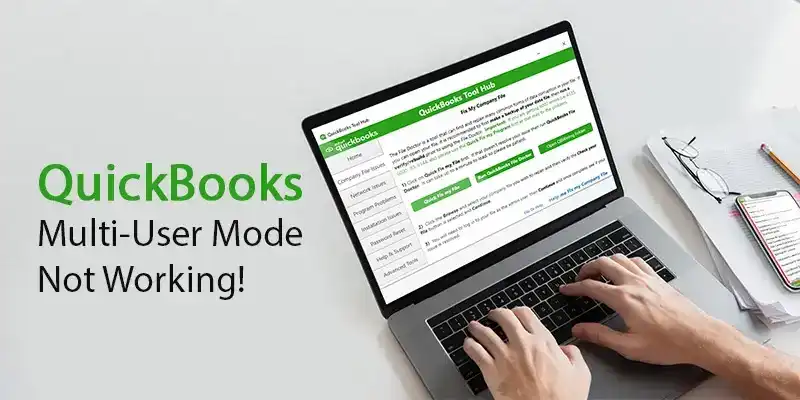
Filing Your IRS Tax Return Made Easy: A Simple Guide
The Internal Revenue Service offers multiple ways for taxpayers to file their taxes. If your adjusted gross income is $79,000 or less, you can use IRS Free File to submit your tax return electronically and receive your refund faster. If you would like to go manually, you can file on paper. For those who meet the requirements, the website also provides free tax assistance and advice on filing for extensions.
You can get assistance with your previous year’s returns and avoiding scams, utilize tax preparation software, or consult with a tax professional that has been approved by the IRSFor citizens and residents of the United States, filing taxes is a crucial aspect of financial responsibility. The Internal Revenue Service (IRS) is in charge of managing the entire process, which makes sure that individuals as well as companies declare their income, pay their taxes, and, if applicable, request refunds. This simple yet thorough tutorial will assist you in learning the essential elements of submitting your tax return.
1. Who Should File a Tax Return?
Nearly everyone with income has to file a tax return. Important considerations guiding your decision whether or not to file include:
- Income level: Based on your filing situation (e.g., single, married, head of household) and age, if your yearly income is more than the IRS limit.
- Filing Status: If you are self-employed, have claimed tax credits, or possess other unique circumstances (e.g., dependents or elderly citizens utilizing Form 1040-SR).
2. Documents Needed to File Taxes
Before filing, it is essential to gather all necessary documents. These include:
- Income statements (W-2, 1099s)
- Tax deductions: Receipts for deductions like medical expenses, student loan interest, and mortgage interest.
- Social Security Number (or Individual Taxpayer Identification Number, ITIN)
- Last year’s Adjusted Gross Income (AGI) if filing electronically
Also Read: 2024 IRS Free Tax Filing: Benefits, Features, Drawbacks, and Security Tips
3. Tax Filing Options
There are multiple ways to file your taxes:
a) E-filing
E-filing is the preferred method for submitting tax returns for its speed, security, and reliability. Taxpayers may employ commercial tax software, engage a tax professional, or access the IRS Free File Program, provided they satisfy specific income thresholds. E-filing speeds up the process and gets you your money back faster through direct payment.
b) Free File Program
The IRS Free File program provides two methods:
- Free Guided Tax Software: Accessible to taxpayers with an Adjusted Gross Income of $79,000 or below. It has precise computations and step-by-step instructions.
- Free File Fillable Forms: Available for all income levels, however as there is no guidance available, it requires a higher level of tax preparation expertise.
c) Direct File
The Direct File system enables taxpayers to electronically submit their federal tax returns at no cost, straight to the IRS. The complete version of Direct File will be accessible beginning in 2025.
d) Paper Filing
Though less common in practice today, taxpayers may still submit paper forms. These documents must be sent to the IRS via mail; however, this process is slower and take more time in processing compared to e-filing.
4. Tax Credits and Deductions
You can significantly lower your tax liability by maximizing your deductions and claiming any applicable tax credits. Common credits and deductions include the following:
- Earned Income Tax Credit (EITC): For low to moderate-income earners.
- Child Tax Credit: For individuals with qualifying dependents.
- Clean Energy Credits: For purchasing energy-efficient appliances or vehicles
5. Where to File
The IRS website provides a list of mailing addresses for every state if you’re filing on paper.
6. Deadlines and Extensions
- The deadline for filing federal tax returns is generally April 15th, unless it coincides with a weekend or holiday.
- Taxpayers may request an extension (Form 4868) if additional time is required; nevertheless, any taxes payable must be remitted by the original deadline to prevent penalties.
7. Refunds and Payment Options
With the IRS Where’s My Refund? tool, taxpayers can monitor the progress of their refund after filing. Within 24 hours following submission, e-filers can monitor the status of their refund. You can also get your return in your bank account directly.
The IRS offers various payment methods for individuals with tax liabilities.
- Direct Pay from a bank account
- Payment Plans (Installment Agreements)
- Electronic Federal Tax Payment System (EFTPS).
8. Amending a Return
If an error is identified on a previously submitted return, you may rectify it by using Form 1040-X. This may be submitted electronically for current tax years or by paper for earlier returns.
9. Taxpayer Assistance and Free Help
The IRS provides several avenues for assistance:
- Volunteer Income Tax Assistance (VITA): Offers free help for low-income individuals.
- Taxpayer Advocate Service: For those facing issues like long processing delays.
Conclusion
Submitting your IRS tax return may appear intricate; however, with adequate preparation and an understanding of the available tools, the procedure may be streamlined. Regardless of whether you opt to file electronically, via paper, or using the IRS Free File system, it is essential to start the process early, verify the accuracy of your documents, and seek assistance if required.






